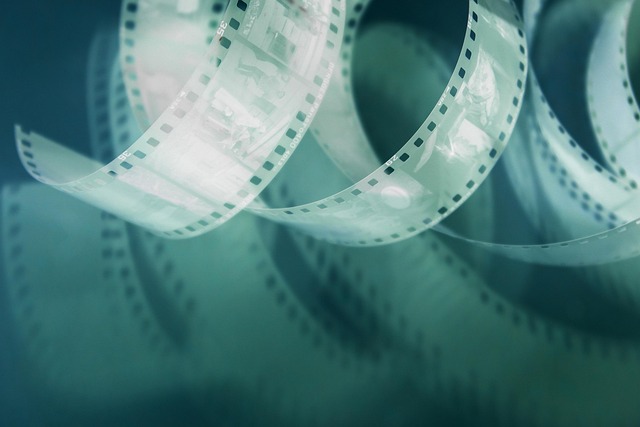In the world of visual storytelling, film and photography share an intimate relationship, weaving narratives that resonate deeply with viewers. At the heart of any compelling story lies a common thread—an understanding of layers. Just as a beautifully captured photograph can evoke a spectrum of emotions, so too can a film. Each frame acts as a canvas, painted with light, shadow, and the subtle nuances of human experience.
To truly appreciate the art of film, we must first turn our attention to photography. This medium serves not only as an inspiration for filmmakers but also as a critical tool in their creative process. When a director captures a scene, it becomes crucial to think in terms of optics and how to manipulate light through a camera lens. The choices made during the shooting process—angle, aperture, and focal length—are akin to a photographer’s decisions when framing a shot. Each choice adds another layer to the narrative, influencing how the audience perceives and connects with the story.
The act of framing a shot is not merely about aesthetics; it is a deliberate decision that layers meaning onto the visual tableau. Consider the use of foreground and background elements in both film and photography. By placing objects in a shot, a photographer or filmmaker can guide the viewer’s focus, emphasizing details that might otherwise be overlooked. These layers of information create a dialogue between the image and its observer, drawing them into the story unfolding before them.
Moreover, the dynamic between light and shadow can transform the emotional weight of a scene. A well-lit photograph captures clarity and vividness, while shadows introduce an air of mystery and complexity. Filmmakers often exploit this interplay to create tension, evoke nostalgia, or emphasize emotional conflict. By understanding the optical principles that govern light, filmmakers can layer their narratives with artistry that resonates long after the credits roll.
As we explore the intricate relationship between film and photography, it becomes evident that both rely heavily on the manipulation of layers to construct compelling narratives. A still image, with its frozen moment in time, might harbor a story waiting to unfold. When transformed into a film, that same image sets the stage, yet layers of sound, movement, and editing breathe life into it. This transformation elevates a simple photograph into a multifaceted experience, engaging viewers on multiple sensory levels.
In essence, the mastery of optics and camera techniques enhances the storytelling process, allowing filmmakers and photographers alike to convey profound messages. The next time you sit down to enjoy a film or study a photograph, pay close attention to the layers at play. Consider how each element interconnects to create a larger narrative, and appreciate the artistry behind both mediums that invite us to delve deeper into the human experience.



